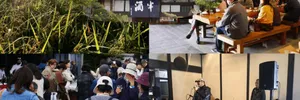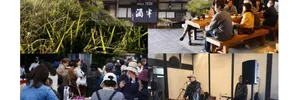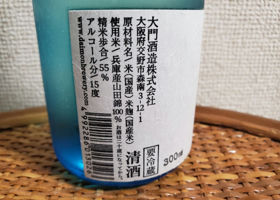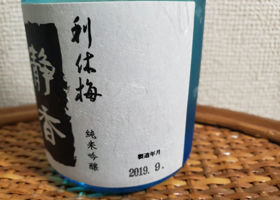Timeline
boukenThe 8th Japanese Sake Festival at Osaka Bay Tower ⑰
Daimon Sake Brewery, which I rarely drink because I see them so often.
I drank
Katanogahara Junmai Daiginjyo Nama Sake
Polishing ratio 50%, Sake meter value +2, using rice grown in Katano
I think it was quite tasty and had a sweetness to it.
Natsu Ginjo Junmai Ginjo Nama Sake
Polishing ratio 55% Yamadanishiki Sake meter value +3
Was it refreshing? Not very impressive.
I don't remember much about it, so I can buy it and find out, but I've bought some sake from Daimon Sake Brewery, but I don't have a good impression of it... boukenI bought it at one of the five local Yamaya's that have a large selection of nama-shu and a relatively good turnover of products.
If you are not good at it, you can find a place that has a bottle that is more than a year old.
It was a little expensive, but I bought it. It's been a while since I've had Rikyubai. I've probably bought all of the Daimon Shuzo sake I've had in the past at Yamaya.
It is refreshing, light, and gorgeous. Slightly sweet.
I would like a little more umami. I know they add water, but it's not enough.
I couldn't understand the lychee-like flavor.
I didn't find it at Yamaya, but I might have preferred the unfiltered raw sake or the light nigori that they have at department stores or Asano Sake Shop. boukenThe ginjo aroma on the nose is lychee-ish.
The aroma is nice, but the taste is flimsy. boukenThis sake is made by Daimon Shuzo in Katano city. It doesn't taste like a raw sake. Sweet, bitter and spicy are all reserved and mild. The alcohol feeling is a little strong. RecommendedContentsSectionView.title








